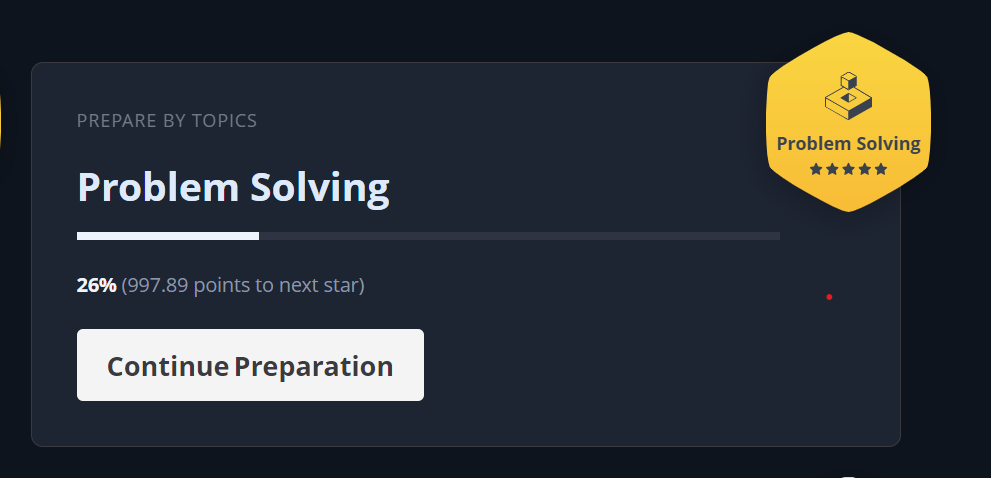Problem: Arrays - DS
Solution 1: Using for loop and storing in another array
1
2
3
4
5
def reverseArray(a):
arr = []
for i in range(len(a) - 1, -1, -1):
arr.append(a[i])
return arr
Solution 2: Using for loop
1
2
def reverseArray(a):
return [a[i] for i in range(len(a) - 1, -1, -1)]
Solution 3: Using loop and slicing
1
2
def reverseArray(a):
return [a[i] for i in range(len(a))[::-1]]
Solution 4: Using list comprehension and reversed() function
1
2
def reverseArray(a):
return [a[i] for i in reversed(range(len(a)))]
Solution 5: Using reversed() function
1
2
def reverseArray(a):
return list(reversed(a))
Solution 6: Using for loop and if-else statement
1
2
def reverseArray(a):
return [a[-1*(i+1)] for i in range(len(a))]
Solution 7: Using Slicing
1
2
def reverseArray(a):
return a[::-1]
Solution 8: Using reverse() function
1
2
3
def reverseArray(a):
a.reverse()
return a
Method #9: the Bad
1
2
3
4
5
def reverseArray(a):
rev_a = list()
for val in a:
rev_a = [val] + rev_a
return rev_a
Method #10: the Good
1
2
3
4
5
def reverseArray(a):
rev_a = []
for val in a:
rev_a.insert(0, val)
return rev_a
Method #11: the Better
1
2
def reverseArray(a):
return [a.pop() for t in range(len(a))]
